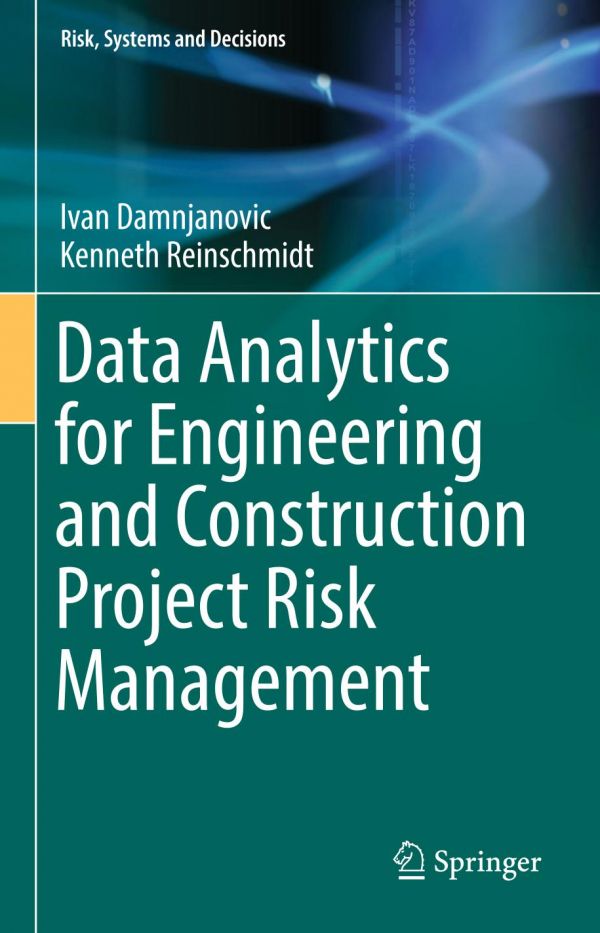

Most ebook files are in PDF format, so you can easily read them using various software such as Foxit Reader or directly on the Google Chrome browser.
Some ebook files are released by publishers in other formats such as .awz, .mobi, .epub, .fb2, etc. You may need to install specific software to read these formats on mobile/PC, such as Calibre.
Please read the tutorial at this link: https://ebookbell.com/faq
We offer FREE conversion to the popular formats you request; however, this may take some time. Therefore, right after payment, please email us, and we will try to provide the service as quickly as possible.
For some exceptional file formats or broken links (if any), please refrain from opening any disputes. Instead, email us first, and we will try to assist within a maximum of 6 hours.
EbookBell Team

4.7
106 reviewsThis book provides a step-by-step guidance on how to implement analytical methods in project risk management. The text focuses on engineering design and construction projects and as such is suitable for graduate students in engineering, construction, or project management, as well as practitioners aiming to develop, improve, and/or simplify corporate project management processes.
The book places emphasis on building data-driven models for additive-incremental risks, where data can be collected on project sites, assembled from queries of corporate databases, and/or generated using procedures for eliciting experts’ judgments. While the presented models are mathematically inspired, they are nothing beyond what an engineering graduate is expected to know: some algebra, a little calculus, a little statistics, and, especially, undergraduate-level understanding of the probability theory.
The book is organized in three parts and fourteen chapters. In Part I the authors provide the general introduction to risk and uncertainty analysis applied to engineering construction projects. The basic formulations and the methods for risk assessment used during project planning phase are discussed in Part II, while in Part III the authors present the methods for monitoring and (re)assessment of risks during project execution.